Course Objectives
There are many purposes for an engineering dynamics class, most of which have very little to do with the actual physics. First, then, the physics: You will be learning that objects in equilibrium have no unbalanced forces or torques (That's it. Really.). Secondly, and in no particular order, you will also be:
- Gaining familiarity with working numerically: Accuracy, precision, and units. If you think this isn't important, then I expect to see your names in the newspaper as the engineers responsible when the next interplanetary probe crashes uselessly into Mars because the U.S. design team could not tell the difference between English units and the internationally accepted SI units used by the European engineering team.
- Learning to use your tools: You probably have a sophisticated graphing calculator. While we won’t necessarily be using those graphing functions much (if at all), the calculator can also be used to quickly perform some of the more tedious tasks (I.e., solving systems of linear equations) that occur with predictable regularity in this (and most other engineering) courses.
- Mastering the problem solving process: You will be solving problems. It’s crucial to know how to use your tools, but even more important to recognize that the calculator is not solving the problem, you are. You will never, in your professional career, see an actual statics problem exactly like the ones you solve this semester. But you will, every single day of your professional life, have real problems to solve.
- Getting used to an alarming lack of partial credit: Every problem has an answer. Occasionally, a problem may have more than one acceptable answer or maybe a range of possible values. But there's going to be a number at the end of every problem. And as clichéd as it may be, you don't get half fired if only half your bridge collapses. The judge isn't going to cut the punitive damages award in half because your defective product only severed one of the plaintiff's arms. You need to get used to getting the right number at the end of the problem. And frankly, a zero on a homework problem is a lot less consequential than a multi-million dollar product liability judgment.
- Making it through to the next round: Engineering Statics has traditionally been used as a make-or-break course for beginning engineering students. While I don't agree with making a course overly difficult intentionally, just trying to make people fail, you need to keep this in mind: It does not get any easier than this. Whatever particular branch of engineering you choose, any class you pick at random from the catalog of any College of Engineering at any university will be harder than this one. I promise.
In addition to the engineering mechanics, the Accreditation Board for Engineering and Technology (ABET) has multiple student outcomes listed as necessary criteria for any engineering or applied science program. The ABET Criterion 3 student outcomes relevant to this course include an ability to:
- apply knowledge of mathematics, science, and engineering;
- function on multidisciplinary teams;
- identify, formulate, and solve engineering problems;
- communicate effectively;
- use the techniques, skills, and modern engineering tools necessary for engineering practice.
